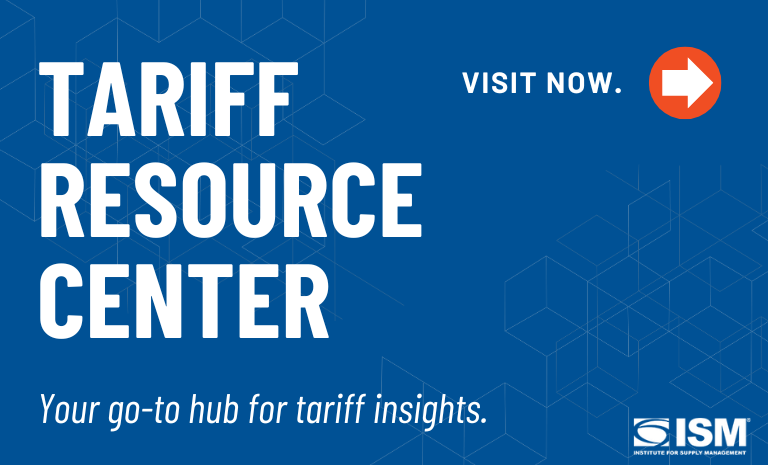How can artificial intelligence (AI) unlock hidden patterns in data to optimize supply chain functions?

The supply chain network is a massive ecosystem of people, commodities and companies, each generating tremendous amounts of data. In this complex environment, data is everywhere, but insights are not.
Artificial intelligence (AI) is transforming the supply chain landscape by finding patterns in data that were previously difficult or even impossible to detect using traditional methods.
AI techniques like machine learning (ML), deep learning and natural language processing help improve core supply chain functions like inventory management, logistics and demand planning.
AI can process vast amounts of structured and unstructured data from multiple sources — internal and third-party systems, weather reports, social media and more. By applying ML algorithms to this data, AI can detect trends and correlations that may not be obvious at first glance. For example, a company may see increased sales during Black Friday; basic analytics can provide information about the products sold, locations and customers. But with AI, it is possible to find out what drove those purchases: Was it a targeted social media campaign? A sudden weather change? A viral product review?
AI can go deeper to understand the “what” and “why” behind consumer behavior. It can cluster customers, predict which SKUs will likely spike in demand, and even recommend adjustments to inventory levels in real time. AI helps reduce stockouts and overstock situations by generating accurate demand forecasts and enabling dynamic adjustments to inventory levels. It can simulate scenarios by considering such factors as seasonality, lead times and market trends, and recommend optimal replenishment.
In logistics, AI can optimize delivery routes by analyzing real-time traffic, weather, delivery windows and historical data to determine the most efficient paths to cost and time savings. AI-powered control towers offer end-to-end visibility, acting as a single source of truth across the entire supply chain.
AI and data technologies are reshaping supply chains by driving efficiency, agility and resilience. Organizations must view AI as an enhancement tool and invest in AI-driven capabilities to unlock their potential and stay ahead of disruption.
The most helpful career advice I’ve received:
Stay curious and never shy from asking questions. That’s often how best ideas start, and real learning takes place.
Early on, I learned that asking questions is not a sign of weakness, but rather of curiosity and engagement. Speaking up, sharing your perspective, and putting yourself out there is essential. It is easy to get caught up in “what-if” scenarios, but growth happens when you take the risk to be visible, even if you are still figuring things out. This mindset has opened more doors than I ever expected.
How I approach change:
Change is uncomfortable, but progress can never happen without it. Showing eagerness toward learning and being open about change is the best way to get comfortable and embrace change positively.
In a profession like supply management — where dynamics and technology evolve at an unprecedented pace — staying ahead means committing to growth. I do that by learning, adapting and upskilling every step of the way. And when things get tough, I don’t hesitate to reach out to mentors. The right guidance at the right time can make all the difference.
How I describe work/life balance:
To me, work/life balance means being able to completely shift my focus to personal commitments once the workday ends. Especially in a remote role, it’s important to set clear boundaries between work and life. Prioritizing tasks during the day helps me stay focused and manage time effectively. Starting my day with an early morning workout and taking a short walk during my lunch break helps me clear my mind and reset throughout the day.
I also make it a point to take vacations when I can, as stepping away completely helps me recharge and gain a fresh perspective. I feel that having space to recharge, pursue hobbies and spend time with family and friends boosts my well-being and makes me more productive and energized when I’m back at work.
How I describe my job in one sentence:
I lead data-driven analysis and partner with cross-functional teams at Lowe’s to solve complex supply chain challenges, driving efficiency and informed decision-making with technology and analytics.
What I like best about what I do:
The backbone of any retail business is its supply chain. Without it, customers don’t get their products on time, shelves stay empty and products don’t move. What I love most about working in supply chain analytics is turning data into insights that drive decisions in a field so many people depend on. As a technology enthusiast, working with cutting-edge technologies that keep things running smoothly is extremely rewarding. I act as a liaison between technology and business: Partners share their challenges, and I help translate those needs into data-driven solutions that are actionable and scalable.
It’s about bridging the gap — making sure tech delivers real value and the business feels supported and understood. And with no shortage of business puzzles to solve, there’s always an opportunity to learn and grow.
Quotes I like:
“Strength does not come from physical capacity. It comes from an indomitable will.”
— Mahatma Gandhi
“Challenges are what make life interesting, and overcoming them is what makes life meaningful.”
— Joshua J. Marine
“You can’t cross the sea merely by standing and staring at the water.”
— Rabindranath Tagore


